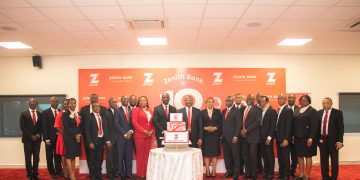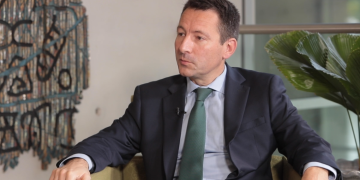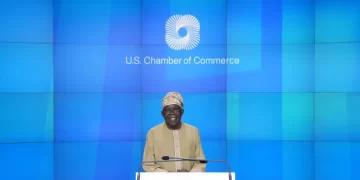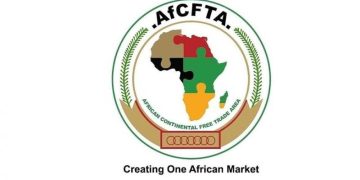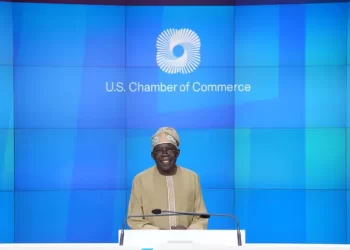Hopes for positive economic growth in the country this year have been dealt a devastating blow with the release of StatSA’s figure for mining production for the month of March, which saw volumes declining by 18% year-on-year.
While the public holidays that occurred late in the month would have contributed to this number, the magnitude seen here is too high to be attributed to this one factor. The figure underscored a downward trend that saw a quarterly decline of 5.2% seasonally adjusted for the three months ending March when compared for the quarter ending December 2015. More negative monthly year-on-year declines are expected in the rest of the year.
As per StatsSA’s release, the hardest hit commodity was manganese ores which declined by 24.3% year-on-year. This was followed by platinum group metals (-23.7%), iron ore (-21.4%), coal (-15.8%), and gold (-7.4%). “This is the biggest year-on-year decline I have ever witnessed, and confirms that both commodity prices AND volumes are coming down sharply which has huge implications for the broader South African economy,” says economist Mike Schussler.
While mining currently only accounts for approximately 7.5% of SA’s GDP, Schussler believes it punches far above its weight when it comes to its influence on the broader economy. “Mining companies buy R300 billion worth of goods from other parts of the economy, so its influence is very, very large [otherwise referred to as the multiplier effect]. This has implications for a wide range of other industries, most notably transport, security, banking and manufacturing.”
Lower volumes will also have a pointed effect on state utilities like Transnet that operates the country’s railways and ports, as well as the likes of Eskom that supplies a large amount of its power to mining companies.
Then, of course, there is the flow through effect from job losses which has already been brutal in the mining industry. By one estimate, the industry may lose another 32 000 jobs this year which could take total employment below 400 000 – a level last seen in the 1930s.
Implications
The net effect of all of this according to Schussler could be a 1.4% – 1.5% hit to GDP. Schussler’s estimate of GDP growth this year is more pessimistic than some of his peers, with an estimated contraction of 0.9%. “But regardless of my forecast, what appears to be clear from this development is that we are definitely not going to get near the 1.7% mark, which is the absolute minimum we need as a country to at least keep up with our population growth,” says Schussler.
2016 would be the third year in a row population growth exceeds the country’s economic growth, with nothing to suggest the situation would be any different next year.
For government, lower mining production leading to lower royalties and corporate taxes will also mean more pressure on the fiscus. The contribution of mining to contracting the economy would also bring renewed attention from ratings agencies on whether the country is good for the investment-grade credit rating it is so desperately clinging too.
Commodities account for roughly 50% of SA’s export earnings. So the “double-whammy” according to Schussler of the lower prices and volumes will continue to put pressure on the rand. A weaker rand may artificially assist the industry by raising revenues in rand terms, but it’s not a viable long-term solution.
While overcapacity is present across the majority of commodities, gold may be the one bright spot. Investor demand for the metal in times of uncertainty and where its holding cost is very low – as it is now – may see the price remain strong during the rest of the year. The gold price has already advanced 20% in dollar terms year-to-date to trade at $1 279/oz at the time of writing.
But for the rest it looks bleak. “We are feeling the cold, cold, winds of the super downward commodity cycle.”
–
Source: Money Web










